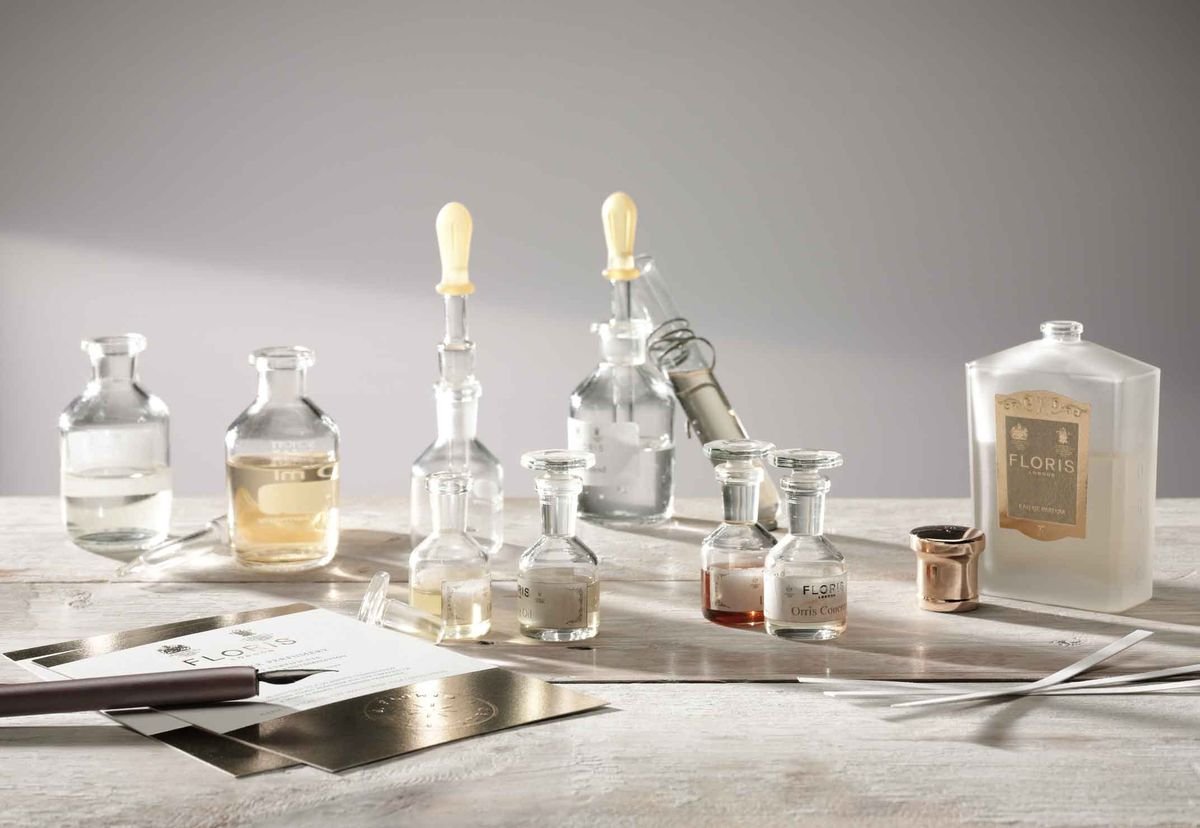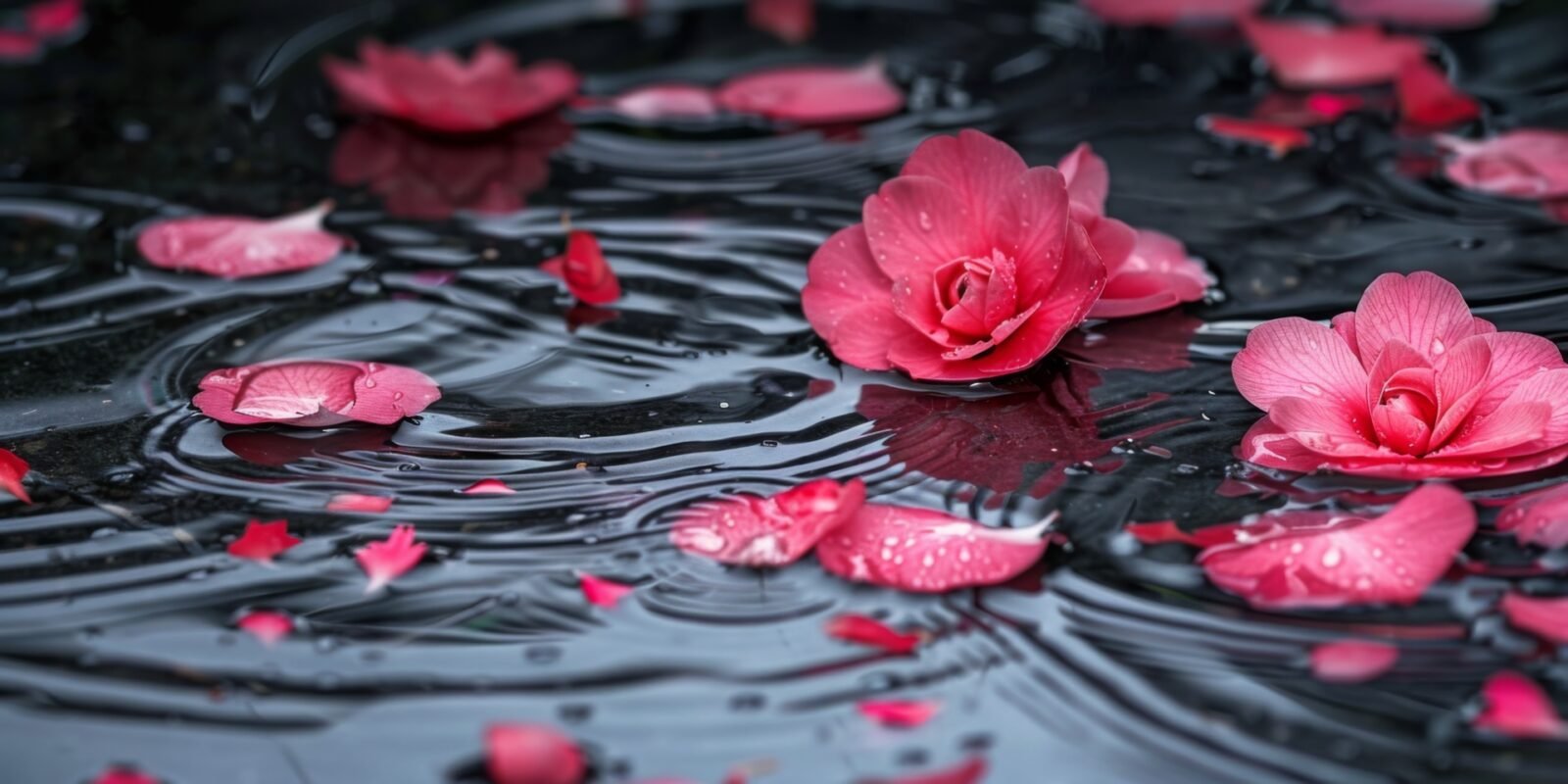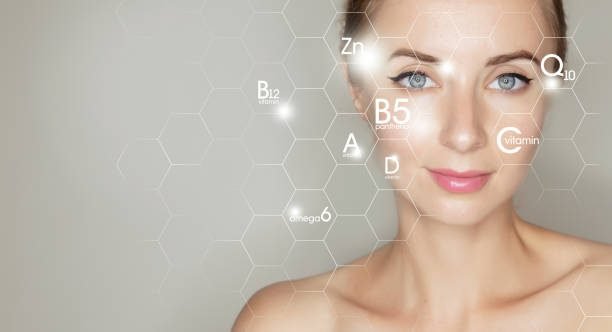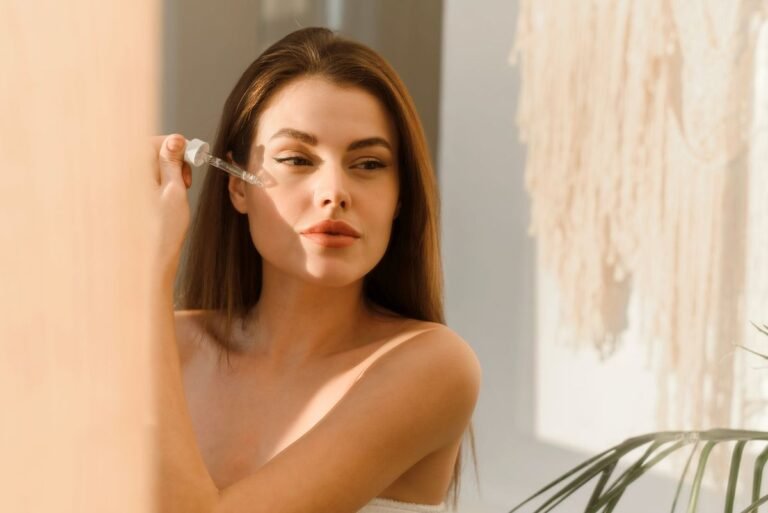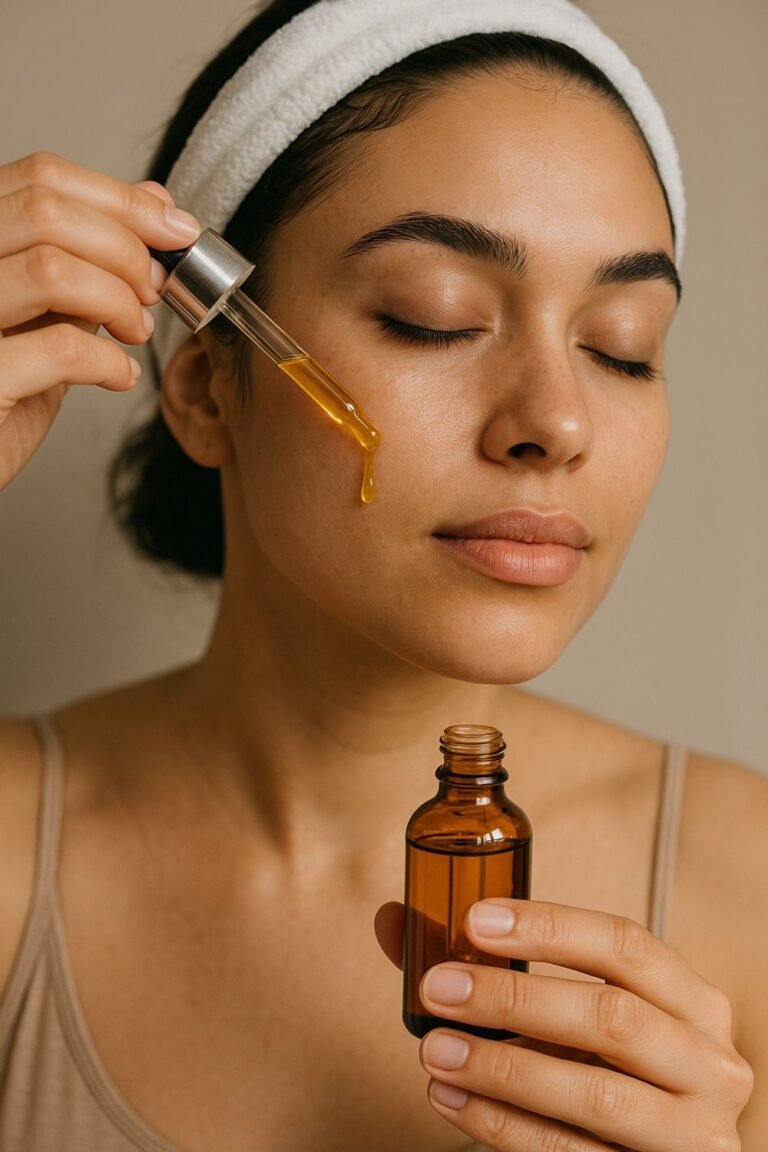The Importance of Preservatives in Cosmetics
Preservatives play a crucial role in cosmetics by ensuring product safety, extending shelf life, and maintaining effectiveness. Without preservatives, harmful microorganisms can contaminate products, leading to skin irritations, infections, and spoilage. Therefore, preservatives help maintain the integrity of beauty products. However, as consumers grow more concerned about synthetic chemicals, many traditional preservatives face scrutiny due to their potential long-term health effects. With the rising demand for clean-label products, which exclude potentially harmful ingredients, cosmetic formulators increasingly seek natural preservatives as safer, more sustainable alternatives. This article explores the role of preservatives in cosmetics, the risks associated with traditional preservatives, and highlights natural alternatives that help formulators create safer beauty products without compromising efficacy.
Why Preservatives Are Essential in Cosmetics
Preservatives serve as a protective barrier against microbial growth in cosmetic formulations. Without them, bacteria, fungi, molds, and yeasts can quickly contaminate products, posing serious health risks. Microbial contamination can lead to skin infections, irritation, and other adverse reactions upon application. Additionally, preservatives help extend the shelf life of cosmetics, ensuring they remain effective and safe for consumers. Whether it’s face cream, shampoo, or sunscreen, preservatives maintain a product’s potency and protect it from environmental damage.
In cosmetics, preservatives prevent the growth and reproduction of microorganisms. Some preservatives alter the chemical environment of the formulation to make it inhospitable to microbes. Others neutralize microbes directly, stopping them from multiplying. The selection of a preservative depends on the product’s ingredients, its intended use, and the preservation requirements of the formula.
Common Preservatives and Their Risks
While preservatives are essential for product stability, many commonly used preservatives raise health concerns. These include parabens, isothiazolinones, and formaldehyde-releasing agents. Let’s examine some of these traditional preservatives and the risks associated with them.
Parabens
Parabens are preservatives widely used in cosmetics to prevent the growth of harmful bacteria and mold. They are effective and inexpensive, but researchers have linked them to hormonal disruption. Studies show that parabens can mimic estrogen in the body, leading to hormone imbalances and potentially contributing to hormone-related conditions, including breast cancer. As a result, many consumers avoid products with parabens, and regulatory bodies have started limiting their use.
To learn more about parabens and their potential health effects, refer to the National Institutes of Health’s study on parabens.
Isothiazolinones
Isothiazolinones belong to another group of preservatives frequently found in personal care products. They effectively prevent microbial growth but can cause skin irritation. Many people experience allergic reactions to isothiazolinones, resulting in skin rashes, dermatitis, and other allergic responses. Over time, concerns about their toxicity have led to stricter regulations, prompting many brands to choose preservative-free or naturally preserved formulations instead.
Read more about isothiazolinones and their allergy concerns in the NIH publication on allergic reactions to isothiazolinones.
Formaldehyde-Releasing Agents
Formaldehyde-releasing agents are used in some cosmetics as preservatives, but they have significant risks. These chemicals slowly release formaldehyde, a known carcinogen, into the air and the skin. Though formaldehyde occurs in small amounts, long-term exposure can increase the risk of cancer and respiratory issues.
For more information on the dangers of formaldehyde-releasing agents, visit the National Cancer Institute’s page on formaldehyde risks.
Due to these health risks, consumers are moving away from traditional preservatives, leading to increased demand for natural, plant-based preservatives.
Natural Preservative Alternatives
To address the concerns surrounding traditional preservatives, the cosmetic industry is increasingly turning to natural preservatives. These preservatives, derived from plant-based sources, are biodegradable and provide a safer and more sustainable choice. Natural preservatives offer the same level of protection against harmful microorganisms as traditional preservatives, without the associated health risks. Below are a few natural preservatives that are gaining popularity:
Geogard ECT
One of the most well-known natural preservatives is Geogard ECT. This preservative blend contains benzyl alcohol, salicylic acid, glycerin, and sorbic acid, providing broad-spectrum protection against bacteria, yeasts, and molds. Geogard ECT works across a broad pH range, making it a versatile option for skin care, hair care, and personal hygiene products.
The key advantage of Geogard ECT lies in its plant-based origin. The ingredients are biodegradable and gentle on the skin, making it an excellent choice for clean beauty products. As consumers increasingly demand natural and sustainable products, Geogard ECT has become a preferred alternative to synthetic preservatives. You can learn more about this product in the Geogard ECT overview.
Euxyl K 712
Another popular natural preservative is Euxyl K 712, a combination of sodium benzoate and potassium sorbate. These two ingredients work together to provide broad-spectrum protection against microbial contamination. Sodium benzoate prevents bacterial growth, while potassium sorbate inhibits the growth of fungi and yeasts. This preservative system is gentle on the skin and highly effective in cosmetic formulations.
Euxyl K 712 is favored for its mildness and effectiveness. It’s ideal for sensitive skin and is commonly used in products like lotions, shampoos, and facial cleansers. As it is naturally derived, Euxyl K 712 also supports the clean-label trend, offering an eco-friendly alternative to synthetic chemicals. For further details, check out the official product page: Euxyl K 712 details.
Ethyl Lauroyl Arginate (LAE)
Ethyl Lauroyl Arginate (LAE) is another natural preservative growing in popularity. Derived from natural sources, it has strong antimicrobial properties. LAE is biodegradable and non-toxic, making it a perfect choice for formulations aiming to eliminate synthetic chemicals.
LAE offers protection against both bacteria and fungi, making it highly versatile in various cosmetic formulations. As consumers demand cleaner products, LAE has become a trusted solution for formulators looking for effective and sustainable preservation systems. You can learn more about LAE’s benefits in cosmetic formulations here: Ethyl Lauroyl Arginate research.
Supporting Ingredients for Preservation Systems
In addition to preservatives, other ingredients play a crucial role in stabilizing products and extending their shelf life. For example, antioxidants like ferulic acid and vitamin C help prevent oxidation, which preserves product color and integrity. These antioxidants also protect active ingredients, ensuring their continued effectiveness.
Adding these supporting ingredients to your formulations works synergistically with natural preservatives to create effective and safe products. By combining natural preservatives with antioxidants, emulsifiers, and stabilizers, formulators can create products that last without relying on harmful synthetic chemicals.
Explore Natural Alternatives in Your Formulations
You don’t have to sacrifice performance when formulating cosmetics without harmful chemicals. Ingredients like Geogard ECT, Euxyl K 712, and Ethyl Lauroyl Arginate (LAE) enhance formulations while supporting clean beauty solutions.
At Grand Ingredients, we provide a variety of high-quality ingredients to support your formulations. You can explore our full range of solutions in the Product Center,
